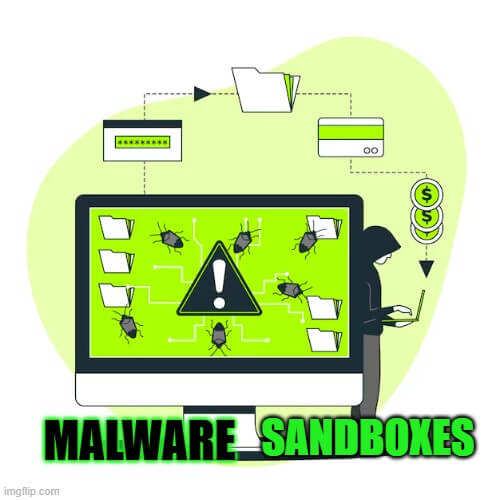As cybercriminals continuously develop sophisticated attack methods, security professionals rely on advanced tools to detect, analyze, and neutralize malicious software. One such tool is the malware sandbox—a controlled environment designed to safely execute and observe the behavior of potentially malicious files.
This blog delves into what malware sandboxes are, how they work, and why they are a critical component of modern cybersecurity strategies.
Table of Contents
What is a Malware Sandbox?
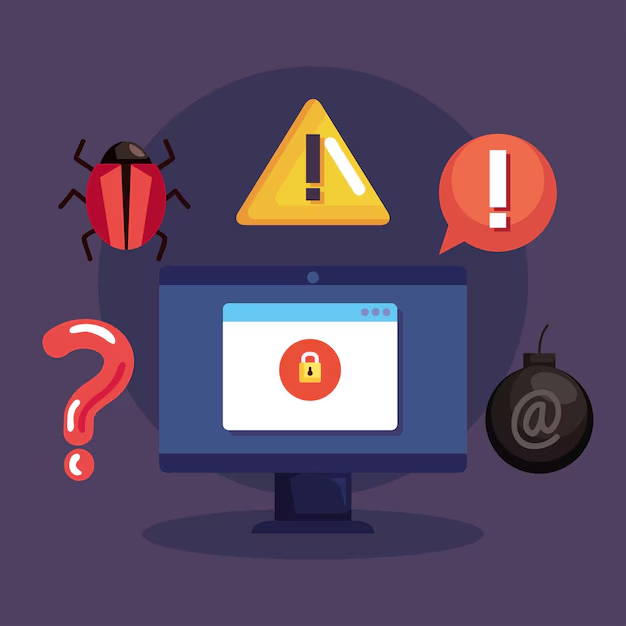
A malware sandbox is an isolated, virtualized environment where suspicious files or applications can be executed without posing a risk to the host system. The primary objective of a sandbox is to analyze the behavior of unknown or potentially malicious programs in a safe and controlled setting.
By using sandboxes, security professionals can:
Detect new and emerging threats before they spread.
Identify evasive malware that might bypass traditional security measures.
Understand how malware interacts with a system to develop better defenses.
Malware sandboxes function by executing a suspect file within a virtual machine, emulated operating system, or containerized environment, where its behavior can be closely monitored. The typical steps involved in malware sandbox analysis include:
1. File Submission
Suspicious files or URLs are submitted to the sandbox, either manually by analysts or automatically by security solutions such as endpoint detection and response (EDR) systems.
2. Environment Emulation
The sandbox creates a simulated environment that mimics a real computer system, including an operating system, network configurations, and application software. Some sandboxes can even replicate user interactions to trick malware into revealing its true nature.
3. Behavioral Analysis
Once the file is executed, the sandbox observes its behavior, including:
Changes to system files and registries
Network communications and connection attempts
Attempts to download additional payloads
Interactions with other system components
4. Detection and Reporting
The sandbox logs and analyzes the actions of the file. If malicious behavior is detected, it generates a detailed report that security analysts or automated systems can use to mitigate threats.
Types of Malware Sandboxes
Different types of malware sandboxes exist, each with unique features suited for specific use cases:
Virtual Machine-Based Sandboxes – Utilize virtualization technologies (e.g., VMware, VirtualBox) to create isolated environments for analysis.
Emulation-Based Sandboxes – Mimic system components to analyze malware at a deeper level.
Cloud-Based Sandboxes – Offer scalable, remote analysis environments without the need for on-premise resources.
Hybrid Sandboxes – Combine static and dynamic analysis techniques for a more comprehensive assessment of threats.
Why Malware Sandboxes Matter
Malware sandboxes play a crucial role in modern cybersecurity due to their ability to:
1. Detect Advanced Threats
Traditional signature-based detection methods often fail against zero-day threats and polymorphic malware. Sandboxes analyze behavior instead of relying on known signatures, making them more effective against new and evolving threats.
2. Bypass Evasive Malware Techniques
Many modern malware variants are designed to evade detection by recognizing security software or delaying execution. Advanced sandboxes counter these techniques by simulating real-world conditions, including user interactions and network activity.
3. Enhance Threat Intelligence
Security teams can gather valuable insights into malware tactics, techniques, and procedures (TTPs) from sandbox reports, helping organizations strengthen their defenses against future attacks.
4. Automate Threat Response
Malware sandboxes integrate with security solutions such as SIEM (Security Information and Event Management) and SOAR (Security Orchestration, Automation, and Response) to automate threat detection and mitigation.
Challenges and Limitations of Malware Sandboxes
Despite their effectiveness, malware sandboxes are not without challenges:
Evasion Techniques – Sophisticated malware can detect virtualized environments and modify its behavior to avoid detection.
Performance Overhead – Running malware in a sandbox requires computational resources, which can impact efficiency.
False Positives and Negatives – Not all detected anomalies indicate a real threat, and some malware may remain undetected if it exhibits no malicious activity within the sandbox.
Best Practices for Using Malware Sandboxes Effectively
To maximize the effectiveness of a malware sandbox, consider the following best practices:
Use Multiple Detection Layers: Combine sandboxing with other security measures like threat intelligence feeds and endpoint protection.
Regularly Update Sandbox Environments: Ensure that the sandbox mimics real-world systems, including the latest software updates and configurations.
Implement User Interaction Simulation: Some malware only activates in response to user actions. Advanced sandboxes should simulate clicks, keystrokes, and other interactions.
Analyze Network Traffic: Monitor outbound connections to detect command-and-control (C2) communication attempts.
Conclusion
Malware sandboxes are an essential tool in modern cybersecurity, enabling security professionals to analyze and respond to threats effectively. By isolating and observing malicious behavior in a controlled environment, sandboxes help detect advanced malware, gather threat intelligence, and automate incident response.
As cyber threats continue to evolve, integrating malware sandboxes into a multi-layered security strategy is crucial for protecting organizations from sophisticated attacks. By understanding how malware sandboxes work and implementing best practices, businesses can stay ahead of cyber adversaries and maintain a robust security posture.
Why Businesses Trust SecureMyOrg For Comprehensive Network Security
At SecureMyOrg, we uncover and fix all possible security vulnerabilities of mobile and web, while providing solutions to mitigate risks. We are trusted by renowned companies like Yahoo, Gojek and Rippling, and with 100% client satisfaction, you’re in safe hands!







Some of the things people reach out to us for –
- Building their cybersecurity program from scratch – setting up cloud security using cost-effective tools, SIEM for alert monitoring, building policies for the company
- Vulnerability Assessment and Penetration Testing ( VAPT ) – We have certified professionals, with certifications like OSCP, CREST – CPSA & CRT, CKA and CKS
- DevSecOps consulting
- Red Teaming activity
- Regular security audits, before product release
- Full time security engineers.
Relevant Posts
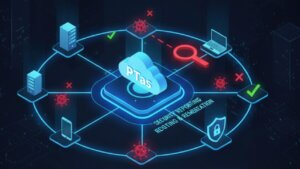
What Is Penetration Testing as a Service?
Penetration testing as a service (PTaaS) lets experts simulate real attacks to uncover vulnerabilities before hackers do. This guide explains the process, benefits, and costs, helping businesses strengthen defenses with predictable, ongoing security checks.

How To Inspect Encrypted Traffic Without Breaking Privacy
Network administrators face a challenge: securing systems while respecting privacy. This guide explains how to inspect encrypted traffic without breaking privacy using metadata, anomaly detection, and machine learning ensuring visibility, compliance, and trust.

How to Audit Infrastructure as Code (IaC) for Security Vulnerabilities
Discover how to audit Infrastructure as Code (IaC) for security vulnerabilities with this practical guide. Learn to scan IaC files using tools like Checkov, fix issues like exposed resources, and integrate audits into CI/CD pipelines. Protect your cloud systems from misconfigurations and ensure compliance with clear, actionable steps.
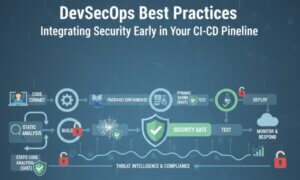
DevSecOps Best Practices: Integrating Security Early in Your CI/CD Pipeline
This article provides a practical guide to embedding security into every stage of your CI/CD pipeline. Learn core DevSecOps best practices like SAST, DAST, dependency scanning, secrets management, and compliance automation to catch vulnerabilities early, foster a culture of shared ownership, and build a secure-by-design development process that accelerates release cycles.

5 Cloud Misconfigurations That Lead to Data Breaches
Cloud misconfigurations are one of the leading causes of data breaches, yet they’re also among the most preventable. From exposed storage buckets to weak IAM policies, attackers exploit these mistakes daily. Learn about the top 5 misconfigurations and how your organization can fix them before they lead to costly data exposure.
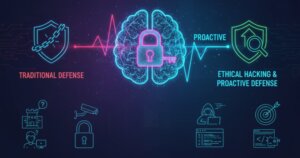
How Can Ethical Hacking Training Elevate Your Internal Cybersecurity?
Ethical hacking training empowers organizations to strengthen internal cybersecurity by uncovering vulnerabilities before attackers do. From mastering penetration testing to enhancing incident response, this training builds a proactive security culture. Learn how Secure My ORG’s programs can elevate your team’s skills and fortify defenses against modern threats like AI-driven attacks.
